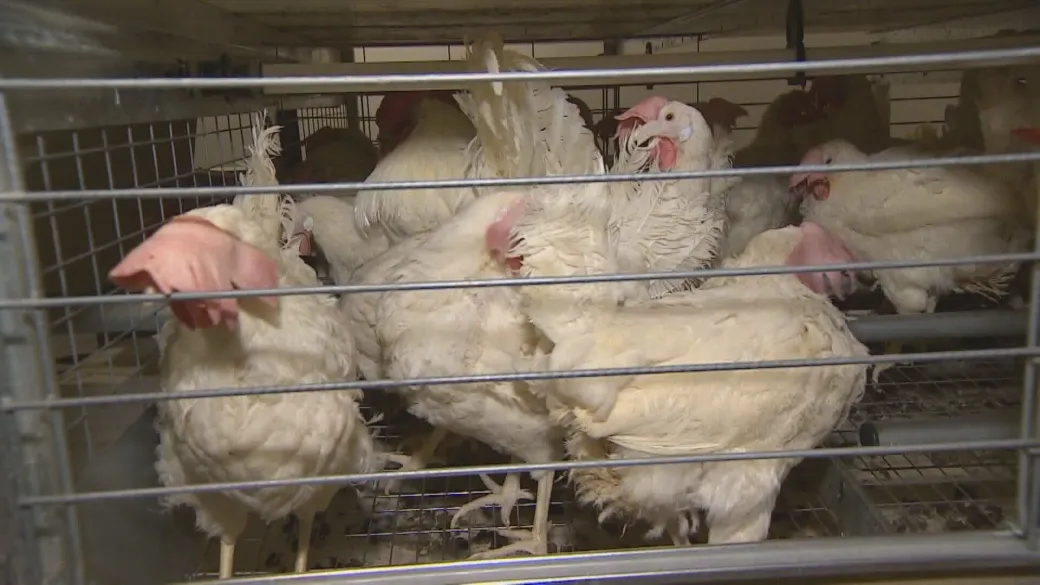News
Bird flu: What we know about Canada’s 1st human case detected in B.C.
Canada has detected its first presumptive case of H5 bird flu in a person, a teenager in B.C., health officials said on Saturday.

The teen remains in B.C.’s Children’s Hospital and health officials are assuring the public they are working to figure out how the patient acquired the infection and who else they might have contacted.
The teenager likely caught the virus from a bird or animal the province said in a statement over the weekend.
“This is an infection that has the potential to become an epidemic or pandemic potential,” Dr. Isaac Bogoch, an infectious disease specialist told Global News.
“If there are more infections that spread over from birds to mammals the birds can mutate… and can be more readily transmissible.”
Provincial health officer Dr. Bonnie Henry said this infection is very rare and her office is conducting a full investigation.
H5 bird flu is widespread in wild birds worldwide and is causing outbreaks in poultry and U.S. dairy cows, with several recent human cases in U.S. dairy and poultry workers.
There has been no evidence of person-to-person spread so far. But if that were to happen, a pandemic could unfold, scientists have said.

In Canada, British Columbia has identified 23 infected poultry farms since October, and numerous wild birds tested positive, according to the Canadian Food Inspection Agency.
Canada has had no cases reported in dairy cattle and no evidence of bird flu in samples of milk.
“There’s no indication of human cases associated to B.C. farms at this time,” Shawn Hall from the B.C. Poultry Association said.
“In the U.S. where there’s been a few cases, all those cases have been traced back to close and prolonged exposure to sick or dead animals.”
Health Canada says the mortality rate for human cases hovers at just over 50 per cent, noting that the statistic may be an overestimate given mild infections can do undetected.
Everyone is urged to stay away from sick or dead animals.

B.C. Children’s Hospital is assuring health care workers, patients and their parents that it is safe to seek care there in light of confirmation from the province that the impacted teen is being treated there.
“We remain vigilant in our infection prevention and control measures year-round, such as utilization of point of care risk assessment for PPE usage in all patient interactions, practicing excellent hand hygiene measures and diligent cleaning measures,” the organization said in a statement.
-with files from Reuters
Our Recent News




